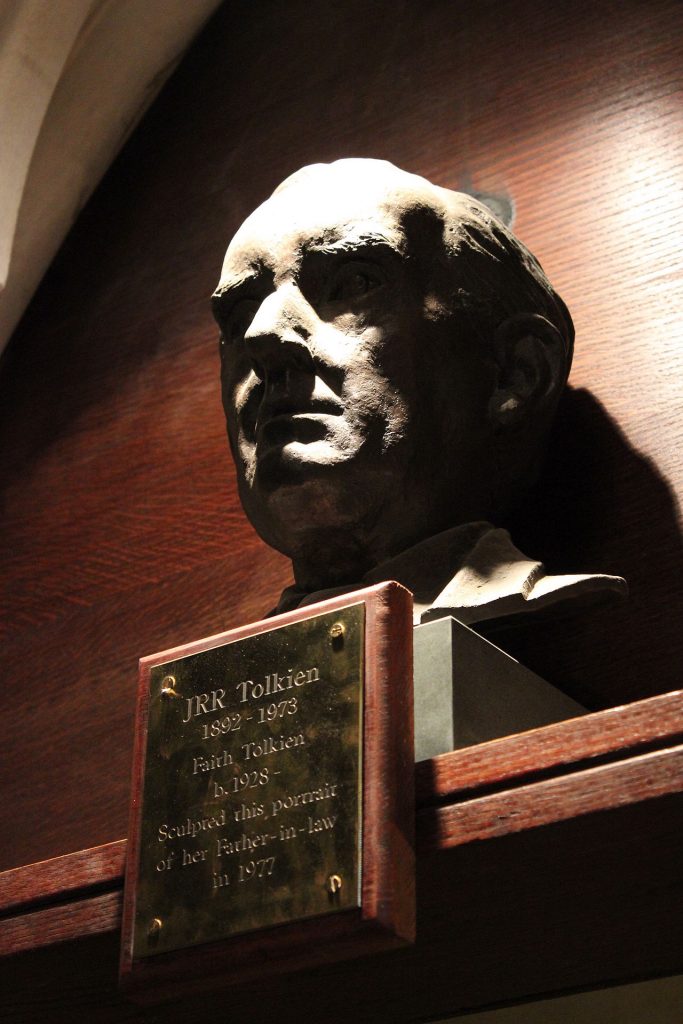By John Hertz: (reprinted from Vanamonde 1288)
So, jacarandas,
Empurpling above, below,
Your season begins.
It’s LASFS (L.A. S-F Society) custom to raise a little money by auctioning the privilege of naming the previous meeting’s minutes. For the minutes noting the loss of Ursula Le Guin, I won the auction, and named them “Ged” (A Wizard of Earthsea ch. 1, 1968).
The northeast corner of 4th & Hill Sts. down town is vacant. A subway station below put a concrete wall a few rods (1 rod is about 5 m) east. One afternoon I found a dozen drummers drumming, seated by the wall with hand-drums, of many a shape and size; one flautist in the back whom if I tried hard I could hear. I should have counted them, so I could tell you more exactly twelve, or maybe eleven, as you may have sung early last month. I’d call the rhythms Latin; I’m a little acquainted with Nigerian drum, which I didn’t hear, nor the beats-of-unequal-length rhythms of Southeast Europe I do know. I saw no hat to drop money in (for which purpose the “hat” could be a basket, or a pillbox, or a suitcase, or a bathtub, or a schooner), nor any higher or lower motive. I pushed and shoved a quarter-hour from my day to stand and listen.
César Ritz (1850-1918) died a hundred years ago this October 24th. Born the youngest of thirteen children to a poor Swiss family, and told The hotel business takes a special knack, a special flair, and you haven’t got it, he nevertheless rose to establish the Ritz hotels in Paris (1898) and London (1906) – both associated with Auguste Escoffier (1846-1935); M. Ritz, the king of hoteliers and the hotelier to kings – as Escoffier was roi des cuisiniers et cuisinier des rois and before him Marie-Antonin Carême (1784-1833) – is said to have first formulated The customer is always right, and to have invented the king-size bed. He is the eponym of the song ”Puttin’ on the Ritz” (I. Berlin, 1929) and its movie (E. Sloman dir. 1930); also the Ritz-Carlton hotels; possibly Ritz Crackers, invented 1934 and today advertised with “You’ve got the stuff to make life rich”.
In Paris, George of the Ritz was Georges Scheuer, who tended bar and thus much else there forty years; in London, it was George Criticos, forty years the hall porter and even more the factotum – Criticos! could he have been – yes; he was a Cretan, Georgios Fafoutakis, who left a memoir, George of the Ritz, as told to Richard Viner (1959), which I’ve just read, and commend to you. Why? Because Cross-cultural contact is homework for science fiction.
Worth what some folks say –
“Each to their own” for themselves,
“I can’t stand your taste”
Resounding in their deeds –
Daring what seems good to us.
Chinese New Year was February 16th; the season runs through March 2nd.
Pillbox, suitcase, “The Whale” made popular by Burl Ives











